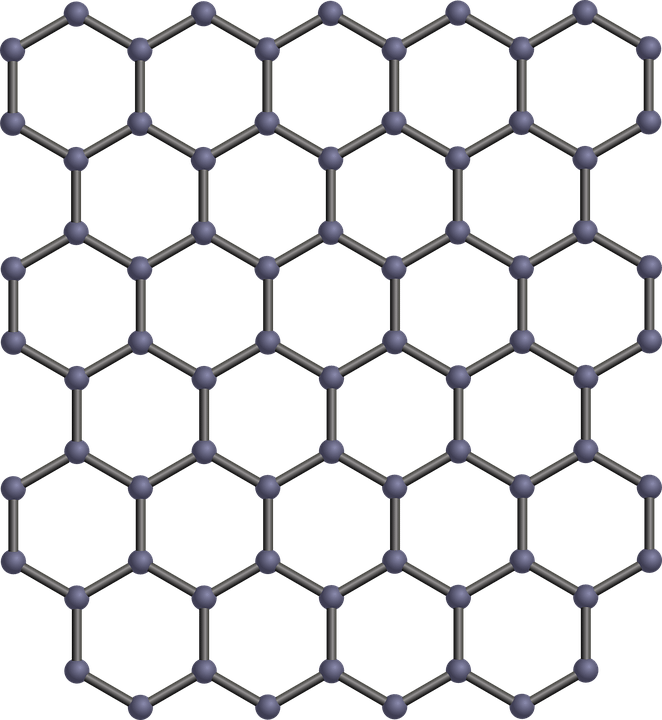Researchers at Virginia Tech have potentially cracked a conundrum that has tormented the scientific community and created a viable method to produce usable metallic nanomaterials. Of course, 3D printing provided the answer and this really could change the world we live in.
Nanostructures have the capacity to disrupt a number of industries and they can revolutionize material science, medicine and battery technology to name just a few. If we can truly harness nanomaterials then almost every facet of modern life will change, from the clothes we wear to our water filtration system. It’s one of those breakthroughs that really could change everything.
So the potential is immense, but nanostructures are complex to produce in usable form. Scaling them up to a workable size has caused issues with the structural integrity, performance and consistency. Outside of the theoretical setting, they have largely frustrated us.
A huge breakthrough
Now Xiaoyu Zheng’s team at Virginia Tech has made a major breakthrough and produced metallic nanostructures that are flexible, strong and exceptionally light. It is 400% more flexible than typical ceramic or metallic foams with far superior electrical conductivity and much greater flexibility.
Before now, we simply did not know how to produce lattices with the right resolution and build volume. So the structures and their functionality were inherently compromised. The team at Virginia Tech have found a way to employ digital light processing on a large area to get round the issues with scaling the process up that faced traditional stereolithography.
“Creating 3D hierarchical micro features across the entire seven orders of magnitude in structural bandwidth in products is unprecedented,” he explained. “Assembling nanoscale features into billets of materials through multi-leveled 3-D architectures, you begin to see a variety of programmed mechanical properties such as minimal weight, maximum strength and super elasticity at centimeter scales.”
In a solar panel, this nanostructure can collect photovoltaic energy throughout the structure, rather than just on the surface. This new material could be built in a way to replicate the mechanical properties of bone and any number of other organic materials. Any industry that requires strong, lightweight materials could use this technology and it has applications that range from aerospace through to agriculture.
Now it has been published in the Nature Materials journal, their paper has caused quite a stir. Entitled Multiscale Metallic Metamaterials, the study was effectively a collaborative effort as the Lawrence Livermore National Laboratory was also involved.
LLNL, the SCHEV fund from the state of Virginia and the Defense Advanced Research Projects agency funded the research.
Flexible metals were the goal, but we can build on this
The team focused their efforts on producing flexible metals and ceramics that could eliminate the need for plastics in certain materials. This has specific applications for sensors and electronics that have to withstand harsh environments, but it will undoubtedly play a part in the flexible screens and wearable tech that we all know are coming soon.
That’s just the start.
This could unleash Graphene
We all know that Graphene has the potential to change the world overnight, if we can manufacture it properly. Current Graphene production techniques simply don’t exploit this incredible compound, so when it is produced in a 3D form it doesn’t live up to its full potential. It’s still impressive and has found its way into clothing and other materials, but we haven’t truly mastered it yet.
This discovery could prove to be the missing link and give us the technology to truly exploit Graphene, as well as change the way we look at a number of other elements and compounds.
Now we have the theory, we have to put this discovery into practice. The scientific community is excited. We all should be.




